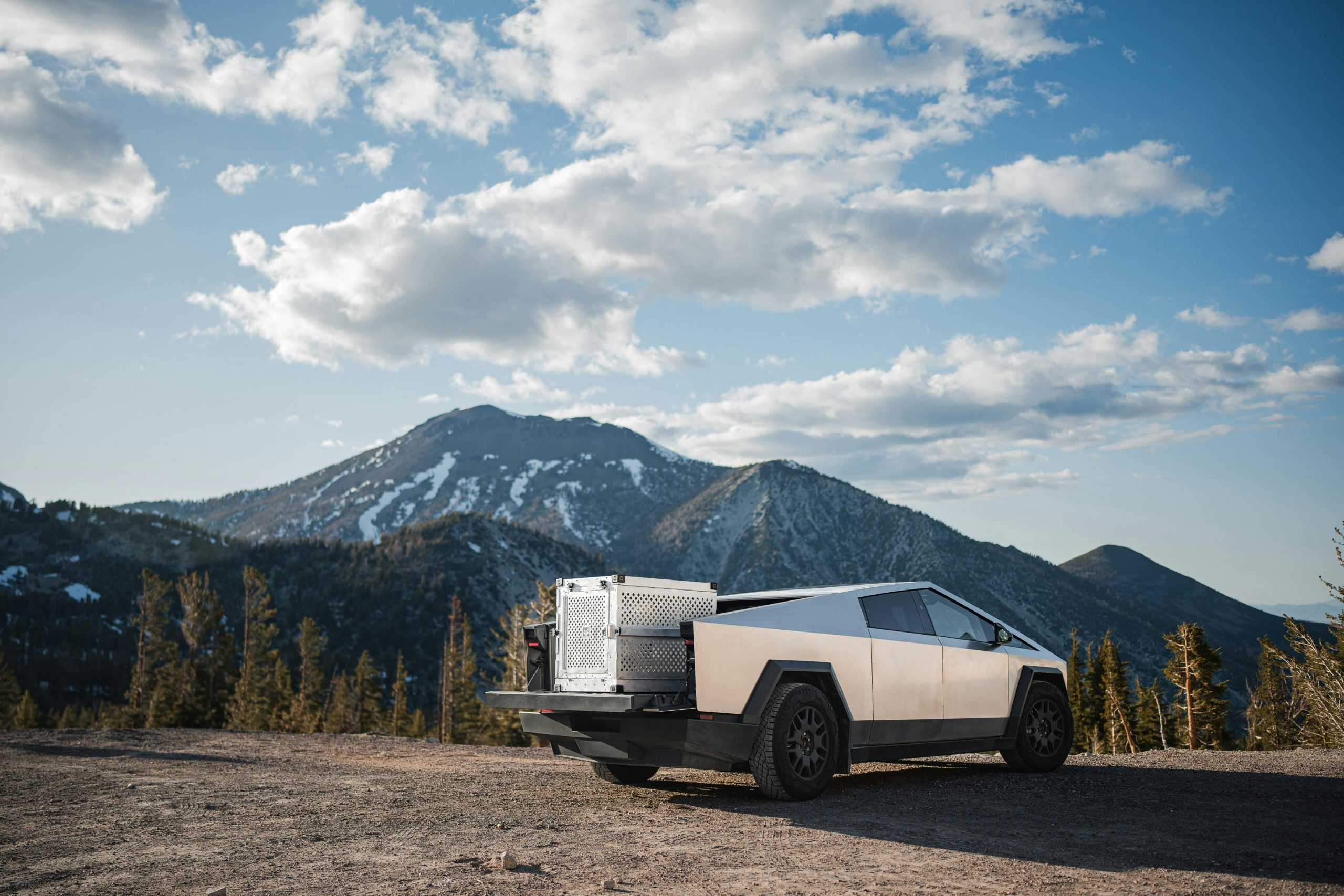The Future of Transportation: Beyond Traditional Mobility Concepts
The transportation industry is in the midst of a major shift. The traditional ways of getting from point A to point B are being challenged by new, innovative concepts that are changing the way we think about mobility. With technology advancing at a rapid pace and environmental concerns increasing, the future of transportation is becoming more and more important. In this article, we will explore the future of transportation beyond traditional mobility concepts and the impact it will have on our lives.
The Rise of Electric and Autonomous Vehicles
One of the most significant changes happening in the transportation industry is the rise of electric and autonomous vehicles. With concerns about the environment and the need to reduce carbon emissions, electric vehicles (EVs) are gaining popularity. These zero-emission vehicles are powered by batteries and have the potential to reduce our dependence on fossil fuels. Not only are they environmentally friendly, but they also offer a smoother, quieter, and more enjoyable ride.
In addition to EVs, self-driving or autonomous vehicles are also gaining traction. These vehicles are equipped with advanced technology such as cameras, sensors, and artificial intelligence (AI) to navigate and make decisions on the road. By eliminating the need for human drivers, autonomous vehicles have the potential to reduce accidents and congestion on the roads, making transportation safer and more efficient.
The Impact on Traditional Forms of Transportation
With the rise of electric and autonomous vehicles, traditional forms of transportation, such as gasoline-powered cars and human-driven taxis, are facing a significant threat. In countries like Norway and Netherlands, where EVs are heavily subsidized, traditional car sales are declining, and EV sales are on the rise. As the technology for electric and autonomous vehicles continues to improve and become more affordable, it is expected that traditional forms of transportation will continue to decline.
In addition, ride-hailing services like Uber and Lyft are also changing the landscape of transportation. With the convenience and cost-effectiveness of these services, they are quickly becoming the preferred mode of transportation for many. This shift has impacted the demand for traditional forms of transportation, such as owning a car or taking public transportation.
The Role of Technology in Transportation
Technology has played a significant role in the evolution of transportation, and it will continue to do so in the future. In addition to electric and autonomous vehicles, advancements in other areas such as renewable energy and digital infrastructure are shaping the transportation industry.
For example, research and development into renewable energy sources, such as hydrogen fuel cells, could provide a sustainable and clean solution for long-distance travel. Digital infrastructure, such as smart traffic management systems, can help reduce congestion and optimize travel routes, making transportation more efficient and reducing commute times.
The Benefits and Challenges of the Changing Landscape
The changing landscape of transportation presents both benefits and challenges. On the positive side, the adoption of electric and autonomous vehicles, as well as other innovative concepts, could lead to a cleaner, safer, and more efficient transportation system. Commutes could become more comfortable, and travel times could be reduced, improving the overall quality of life for individuals.
However, these changes also come with challenges. For example, the switch to electric vehicles would require extensive infrastructure developments, such as building more charging stations and upgrading the power grid. The adoption of autonomous vehicles also poses ethical and safety concerns that need to be addressed before they become mainstream.
The Importance of Collaboration
The future of transportation is not just about the development of new technologies and concepts; it also requires collaboration between various industries and stakeholders. Governments, transportation companies, automotive manufacturers, and technology companies must work together to ensure a smooth transition to the new landscape.
For example, the development of charging infrastructure for electric vehicles would require the support of governments, while automotive manufacturers and technology companies must work together to improve the safety and reliability of autonomous vehicles.
The Bottom Line
The future of transportation is beyond traditional mobility concepts, and it is an exciting time to witness and be a part of this transformation. With the rise of electric and autonomous vehicles, advancements in technology, and collaboration between various industries, we can expect a cleaner, safer, and more efficient transportation system in the near future. However, this evolution also comes with challenges that must be addressed to ensure a seamless transition. It is crucial for all stakeholders to work together to shape the future of transportation for the better.











